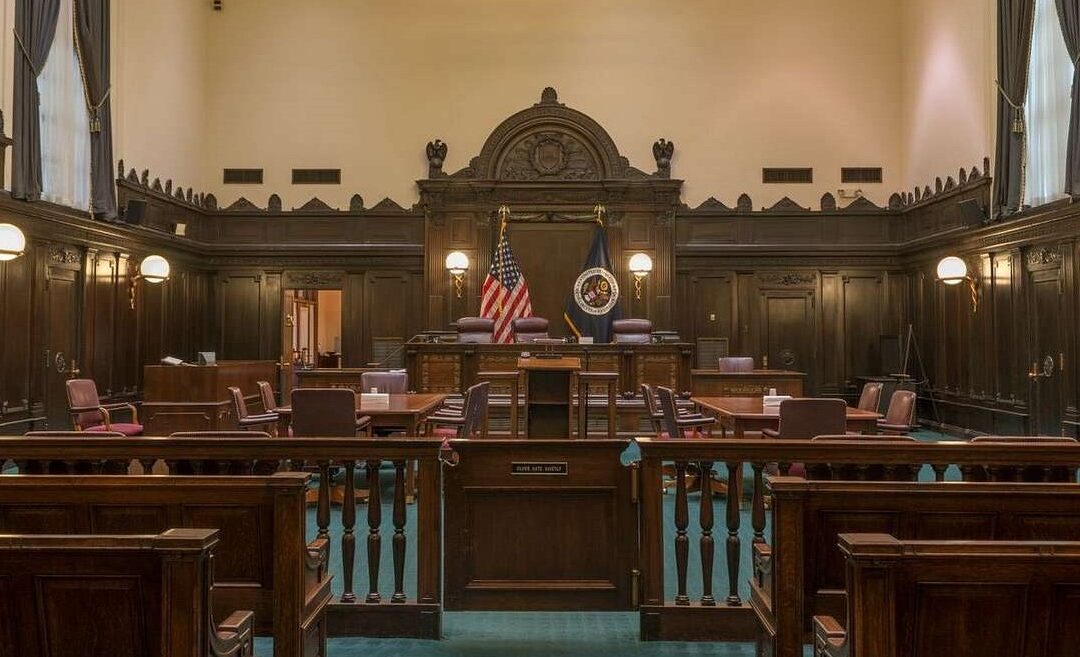The Northwest Community Bail Fund (NCBF) started court watching in 2020. In February 2022, we initiated a 60-day Court Watch campaign in the Seattle Municipal Court to galvanize support for our larger Court Watch program.
This campaign ran from February through April 2022 and was intended to provide transparency to Seattle Municipal Court proceedings, officers of the court, and their actions. Our report summarizes those findings and was prepared by Recidiviz, a nonprofit organization that provides decision makers with the data they need to drive better criminal justice outcomes.
What is court watching?
Court watching is a tool that’s often used in a greater campaign of criminal punishment reform. Court watchers are volunteers who visit courtrooms (in person or remotely) to observe the legal proceedings and take notes on significant details of the cases. Those details can vary based on what individual court watch programs choose to focus on.
Some programs might focus on specific laws, court actors, the duration of hearings, the severity of charges, the conditions of release, use of certain terminology, personal accounts of defendants, and so on.
What factors did NCBF consider during the Court Watch campaign?
NCBF Court Watch volunteers looked for, among other things:
- The perceived race of the accused person (defendant)
- The charges applied to the accused person
- How frequently each judge set bail for the defendant
- Whether the accused person’s ability to pay the recommended bail was discussed
Key takeaways from the report:
- NCBF observed 603 total arraignment court hearings in the Seattle Municipal Court between February 2020 and April 2022. Of those hearings, 50.6% resulted in some bail amount imposed.¹
- The average bail amount imposed each quarter in the observed hearings was lower in recent quarters compared to early 2020 values.²
- The average bail imposed was relatively similar between defendants that were perceived White and Black/African American—however, 53% of White defendants had no bail imposed compared to only 45% of Black/African American defendants.³
- Defendants with lower incomes (who are often Black and brown) have a greater challenge paying bail than their higher-income counterparts (who are often white). Within the current system, bail only punishes people who cannot afford to buy their freedom.
- Of the judges with more than 50 hearings observed, Judge Anita Crawford-Willis personally mentioned Washington court rule CrR 3.2 the most frequently (13% of hearings) and had the most hearings where it was mentioned by the judge, prosecutor, or defense (43% of hearings).⁴
- A judge referencing CrR 3.2 in only 13% of their hearings is concerningly low, and especially if they’re the judge who mentioned CrR 3.2 the most often. In any hearing in which bail is imposed, it benefits the defendant to understand what CrR 3.2 mandates that the court do: that it “must consider the accused’s financial resources in setting a bond that will reasonably assure appearance.”⁵ In other words, a defendant’s bail should be an amount they can realistically pay, which will then incentivize them to appear in court so they can then get that money back.
- The report findings suggest a significant racial disparity between the Seattle’s demographics and the perceived distribution amongst observed cases. 31% of the Court Watch observed hearings had a defendant that was perceived Black or African American, while Seattle’s population consists of only of 7.1% Black or African American.⁶
- Unfortunately this racist treatment of Black defendants within Washington’s criminal punishment system is consistent with patterns in the system throughout the country. According to The Sentencing Project, Black men in the US are six times as likely as white men to be incarcerated.
- Black or African American defendants had higher bail imposed for failure to appear and criminal trespassing charges, and white defendants had more bail imposed for other property and weapon related charges.⁷
- One of NCBF’s main goals in our 60-day Court Watch campaign was to determine whether a pattern of racial disparity exists within the Seattle Municipal Court in the bails imposed on defendants based on their race. The standard error is overlapping for many of the charge categories graphed in the report, but these findings make it clear that racial disparity is in fact present.
What’s the purpose of bail in Washington?
Washington Courts have interpreted state constitutional rights to bail: “The State is not primarily interested in collecting bond forfeitures but is more concerned with granting liberty to an accused pending trial while obtaining the greatest possible assurance that he will appear.” – State v. Barton, 331 P. 3d 50 – Wash: Supreme Court 2014.
This means that the purpose of bail is to ensure that people return to court, rather than keep people jailed. At NCBF, we oppose pretrial detention and cash bail. While the unjust system persists, we’re committed to holding the State accountable to bail’s stated purpose through efforts including our 60-day Court Watch campaign.
NCBF’s mission statement
We believe in the presumption of innocence and work to end pre-trial detention. We seek to disrupt the criminal legal system that targets and punishes Black and Indigenous people and people of color. We believe that impacted communities are in the best position to determine what their community members need to be free. We support community organizations to create alternatives to pre-trial detention. We seek to reduce harm without propping up the system.
How can I get involved?
NCBF participates in Court Watch all year long. Read more about the program and get prepared for a session here.
¹ Page 2 of the report.
² Page 3 of the report.
³ Page 9 of the report.
⁴ Page 6 of the report.
⁵ Ibid.
⁶ Page 7 of the report.
⁷ Page 11 of the report.


Recent Comments